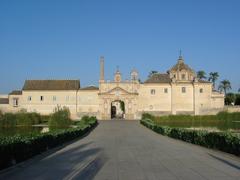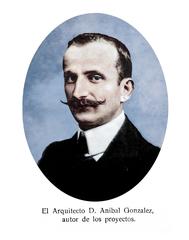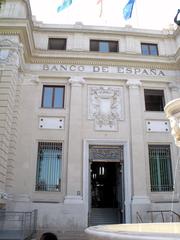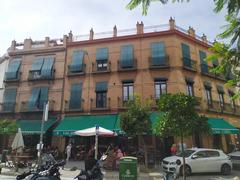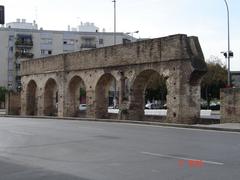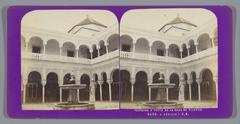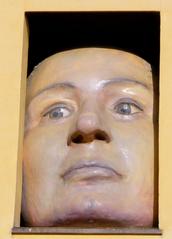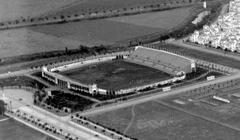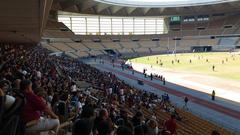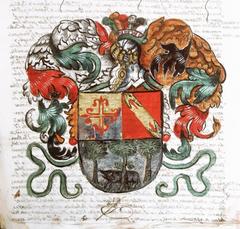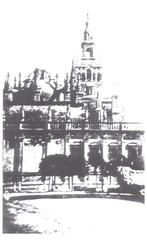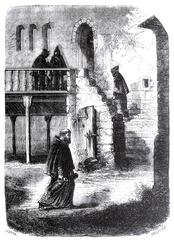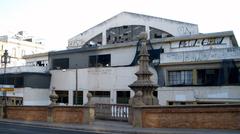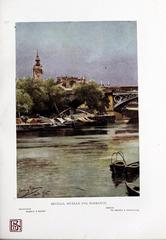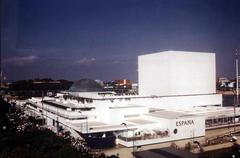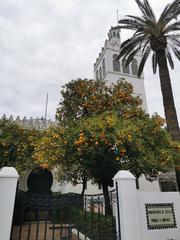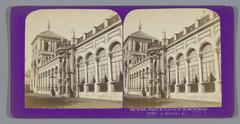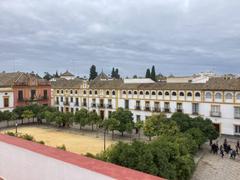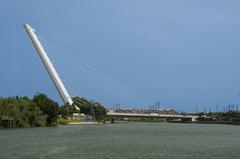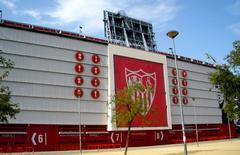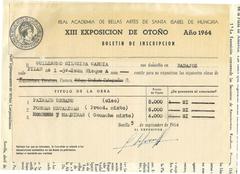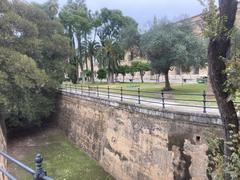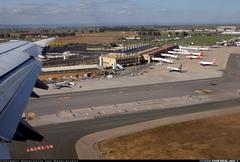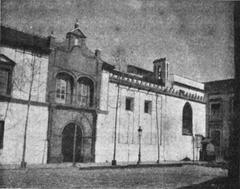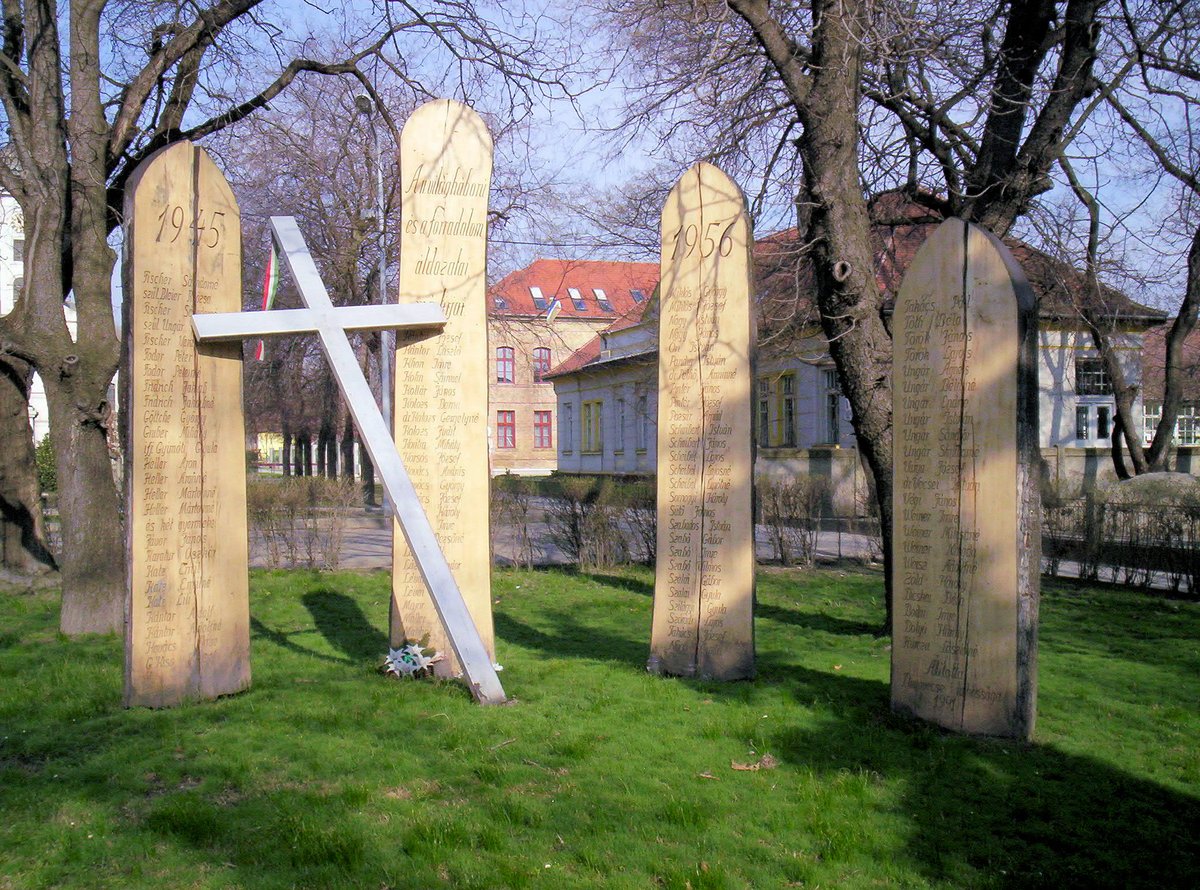
Imre Makovecz Legacy Visiting Guide: Seville, Spain
Date: 14/06/2025
Introduction: Imre Makovecz and His Enduring Legacy in Seville
Imre Makovecz (1935–2011) is celebrated as a visionary in contemporary architecture, revered for his organic approach that weaves together natural materials, Hungarian folk traditions, and profound symbolism. As a key figure who challenged both the constraints of Communist-era architectural norms and the rigidity of International Modernism, Makovecz’s philosophy is grounded in the belief that architecture should serve as a living bridge between people, nature, and cultural memory. His international acclaim peaked with the design of the Hungarian Pavilion for Seville’s Expo ’92, a structure that remains an icon of organic architecture and a testament to Hungary’s rich, multicultural heritage (Architectural Review; World Architecture Community).
This guide provides an in-depth look at Makovecz’s legacy as found in Seville, focusing especially on the Hungarian Pavilion—its history, architectural significance, practical visitor information, and the broader context of Expo ’92. It also introduces Makovecz’s other major works, such as the Hagymatikum Bath and Onion House in Makó, Hungary, ensuring architecture enthusiasts and cultural travelers have the information they need to explore his remarkable oeuvre (Andalucia.com; Greyscape; hellomako.hu).
Contents
- Early Life and Education
- Architectural Philosophy and Influences
- Key Works: Spotlight on the Hungarian Pavilion, Expo ’92
- Pavilion Design and Symbolism
- Visiting the Hungarian Pavilion in Seville: Practical Information
- Location & Access
- Visiting Hours, Tickets, Accessibility
- Guided Tours & Nearby Attractions
- Travel Tips & Visuals
- Cultural Insights
- FAQ: Visiting Hours, Tickets, and Tours
- Makovecz’s Broader Impact and Controversies
- Further Exploration
- Hagymatikum Bath and Makovecz Sites in Makó, Hungary
- Visiting Information
- Makovecz Pavilion Seville: Expo ’92 Site Guide
- Historical Context & Current Status
- Expo ’92 Today & What to Expect
- Visitor Resources
- Summary & Visitor Tips
- Sources and Further Reading
Early Life and Education
Imre Makovecz was born in Budapest in 1935. He studied at the Technical University in Budapest, where his early projects already signaled a unique, imaginative approach—such as a fish restaurant inspired by the form and feel of a fish. Throughout his formative years, Makovecz resisted mainstream architectural doctrines, seeking instead to root his work in the traditions and landscapes of Hungary (Architectural Review).
Architectural Philosophy and Influences
Makovecz is recognized globally as a champion of organic architecture—a philosophy influenced by Frank Lloyd Wright’s natural integration and Rudolf Steiner’s spiritual vision. His designs are distinguished by expressive timber structures, sculptural forms, and elements referencing Hungarian folk art and mythology. Makovecz’s work opposes the mechanization of the built environment, aiming to create “building beings” that are as much a part of their landscape as they are of the local culture (World Architecture Community; Arquitectura Viva).
Key Works: The Hungarian Pavilion at Seville Expo ’92
Among a prolific body of work—including the Mortuary Chapel at Farkasréti Cemetery (Budapest), churches at Paks and Százhalombatta, and university buildings in Piliscsaba—the Hungarian Pavilion for Expo ’92 in Seville stands as Makovecz’s most internationally recognized project (Architectural Review).
Pavilion Design and Symbolism
Built by Hungarian artisans and completed in 1991, the Pavilion was lauded for its soaring timber structure, seven symbolic towers, and integration of folk motifs. The towers themselves signified Hungary’s seven historical religions, making a statement about multiculturalism and spiritual unity at a pivotal moment in Hungarian history. The form—at once reminiscent of a church, an owl, and a mythical beast—stood out amidst the glass-and-steel modernism of the Expo (Makovecz Foundation; CNN Travel; Andalucia.com).
Visiting the Hungarian Pavilion in Seville: Practical Information
Location & Access
- Site: Isla de la Cartuja, Seville, Spain (former Expo ’92 site)
- Getting There: Reachable by city bus, taxi, or via bridges from Seville’s center. Parking is limited; public transport is recommended (OwayTours).
Visiting Hours, Tickets, Accessibility
- Current Status: The original Hungarian Pavilion has been relocated to Córdoba province and is privately owned (Hungary Today).
- Access: No public visiting hours or tickets are available for the Pavilion itself.
- Expo ’92 Site: Many remaining pavilions on Isla de la Cartuja are open to the public with varying hours and ticketing. The Navigation Pavilion and Spanish Pavilion are highlights.
- Accessibility: The Expo site is largely wheelchair accessible.
Guided Tours & Nearby Attractions
- Guided Tours: Occasional tours of the Expo ’92 site (excluding the Makovecz Pavilion) are offered by local organizations such as Asociacion Legado Expo Sevilla. Book in advance for more in-depth exploration.
- Other Sights: Remaining Expo pavilions, Isla Mágica theme park, Cartuja Science Park, and major Seville landmarks (Cathedral, Alcázar, Plaza de España) are all nearby (Turismo Sevilla).
Travel Tips & Visuals
- Best Time: Spring and autumn offer pleasant weather and good photography light.
- Advice: Bring sun protection, water, and comfortable shoes, especially in summer.
- Visuals: Seek out online galleries or virtual tours for interior images of the relocated Pavilion, and use interactive maps to plan your route.
Cultural Insights
The Pavilion’s organic forms and folk-inspired details represent Makovecz’s vision of architecture as a living, spiritual art. In contrast to the Expo’s modernist pavilions, it embodies a connection to place, tradition, and the human spirit (Arquitectura Viva).
FAQ: Hungarian Pavilion Visiting Hours, Tickets, and Tours
Q: Is the Hungarian Pavilion open to the public?
A: No, the Pavilion has been relocated and is privately owned. However, you can visit other Expo ’92 pavilions and museums on Isla de la Cartuja.
Q: Are guided tours available?
A: Yes, but only for the Expo ’92 site, not the Pavilion itself. See Asociacion Legado Expo Sevilla for schedules.
Q: Is the site wheelchair accessible?
A: The Expo site is accessible, but the Pavilion (in its current location) is not open to visitors.
Q: Where can I see Makovecz’s architecture?
A: In Hungary, particularly at the Hagymatikum Bath and Onion House in Makó, and various churches and community centers.
Makovecz’s Broader Impact and Controversies
Makovecz’s career was not without debate—he was sometimes viewed as a nationalist and his designs as idiosyncratic. Yet his influence on Hungarian architecture is profound, and he is compared to greats like Gaudí for his originality and courage. He received multiple honors, including the Hungarian Heritage Award and the French Academy of Architecture’s Gold Medal (Architectural Review; World Architecture Community).
Further Exploration
Those inspired by Makovecz’s philosophy can visit his buildings across Hungary, such as the Sárospatak Cultural Center and the campus at Piliscsaba. The Hagymatikum Bath in Makó is especially recommended for its organic design and visitor amenities (Makovecz Foundation; hellomako.hu).
Discover Makovecz’s Architecture in Makó, Hungary
Hagymatikum Bath & Other Landmark Sites
- Hagymatikum Bath: Open daily 9 AM–8 PM (check for seasonal variations). Tickets: 3,000–5,500 HUF. Features organic domes, thermal pools, and accessible facilities.
- Onion House (Hagymaház): Cultural center with folk-inspired design. Open during business hours.
- Music Pavilion and Bus Terminal: Notable for their unique forms and integration with local tradition.
Visitor Tips:
- Central location; accessible by public transport
- Year-round events, especially in summer
- Guided tours available; photography encouraged
Makovecz Pavilion Seville: Expo ’92 Historical Site Guide
Historical Context & Current Status
The Hungarian Pavilion was built for Expo ’92 by Makovecz and a team of Hungarian craftsmen, symbolizing the country’s spiritual and cultural diversity with its seven towers. After the Expo, it was sold, relocated to Córdoba province, and is now privately owned and closed to the public (Hungary Today).
Expo ’92 Site Today
While the Pavilion is no longer present, Isla de la Cartuja remains a hub for museums, cultural centers, and business parks. Highlights include the Navigation Pavilion, Spanish Pavilion, and Isla Mágica. Accessibility and public transport are good, and guided tours can enhance your visit (Nomadic Matt).
Visitor Resources
- For up-to-date Expo site info: Turismo Sevilla
- For news on the Pavilion or potential reconstructions: Makovecz Imre Foundation
Summary & Visitor Tips
Imre Makovecz’s architecture remains a testament to the possibilities of organic design, cultural symbolism, and spiritual resonance. While the Hungarian Pavilion in Seville is not currently accessible, its legacy lives on through remaining Expo sites and Makovecz’s accessible works in Hungary. For the most immersive experience, visit Makó’s Hagymatikum Bath and other Makovecz buildings, and stay connected to local tourism boards and the Makovecz Imre Foundation for updates on future access or reconstructions (Hungary Today; Turismo Sevilla; hellomako.hu).
Sources and Further Reading
- Imre Makovecz 1935–2011, Architectural Review (https://www.architectural-review.com/essays/reputations/imre-makovecz-1935-2011)
- Imre Makovecz Profile, World Architecture Community (https://worldarchitecture.org/profiles/pnz/imre-makovecz-profile-page.html)
- Hungarian Pavilion at Expo ’92 Seville, Makovecz Foundation (https://www.makovecz.hu/en/epuletek/hungarian-pavilion-at-the-expo-92-seville/)
- Seville Expo ’92 Pavilions Guide, Andalucia.com (https://www.andalucia.com/cities/seville/expo92.htm)
- Makovecz Pavilion at Expo ’92, Greyscape (https://www.greyscape.com/architects/imre-makovecz/)
- Expo ’92 Universal Exhibition, Turismo Sevilla (https://www.turismosevilla.org/en/what-see-and-do/heritage/monuments/pavilions-1992-universal-exhibition-seville)
- Makovecz Pavilion Relocation, Hungary Today (https://hungarytoday.hu/makovecz-pavilion-exhibited-at-the-seville-expo-in-1992-could-be-rebuilt-in-budapest/)
- Visit Makó and Hagymatikum Bath, Hello Makó (https://hellomako.hu/)
- Seville Travel Tips, Nomadic Matt (https://www.nomadicmatt.com/travel-guides/spain-travel-tips/seville/)

